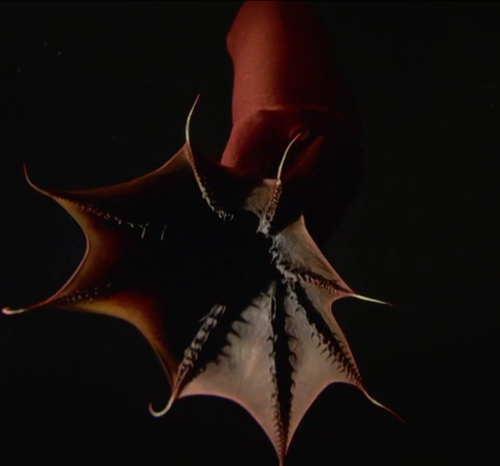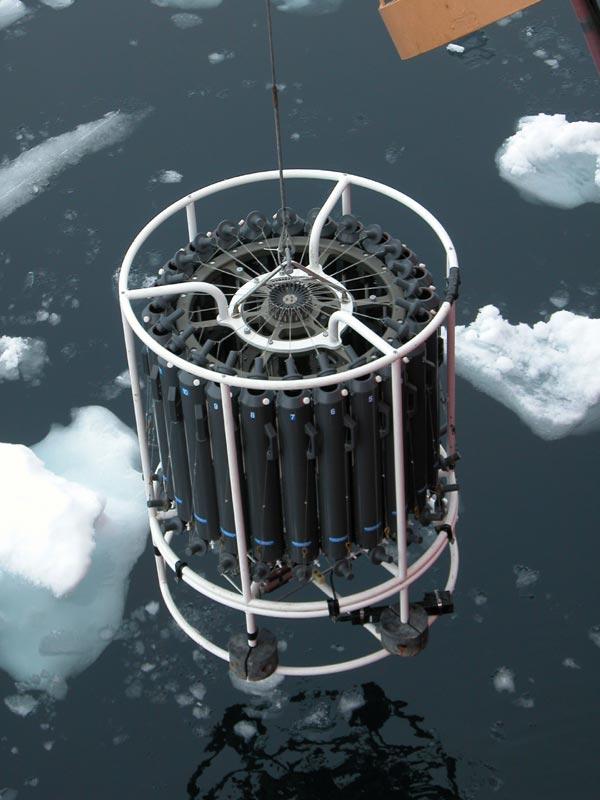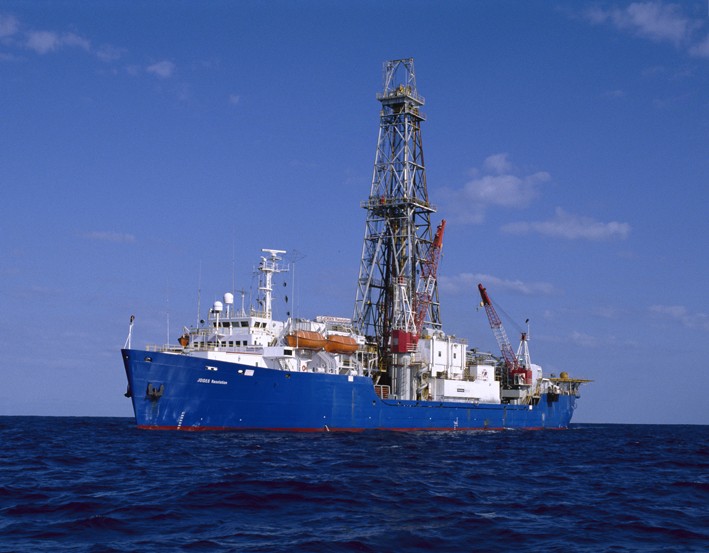Then, we needed a way to hold 20 marbles without having them roll
around, causing our boat to sink, so using a ruler, we divided the
block into 10 equal squares, and within each square, a hole to hold
two marbles each.
That was the easy part of the design. Next, we needed to decide on
where to attach a sail to our boat, so we decided that placing the
sail a little more forward than half would be effective.
After attaching the sail, we tested the boat, however, it proved
unsuccessful. Thinking about it, Joe and I realized that our boat kept
turning because the air, was trapped against the sail too much,
turning the boat into the wall, so we decided on a triangle sail
instead.
The new sail made the boat go in a straighter path, however, we still
needed a keel to stabilize our boat, so we used pop-sickle sticks.
However, this proved not to be as stable as we hoped to, so we
attached more pop-sickle sticks and we got the desired effect.
Hopefully, tomorrow when we race our boats Joe and I get an A! Wish us
luck!
-Victoria Mehlhaff-



 Plankton Net
Plankton Net 
 CTD
CTD  Nansen Bottle
Nansen Bottle FLIP
FLIP  Bathymetric map
Bathymetric map Drilling Ship
Drilling Ship 
 Bob Ballard
Bob Ballard Methane Volcano
Methane Volcano